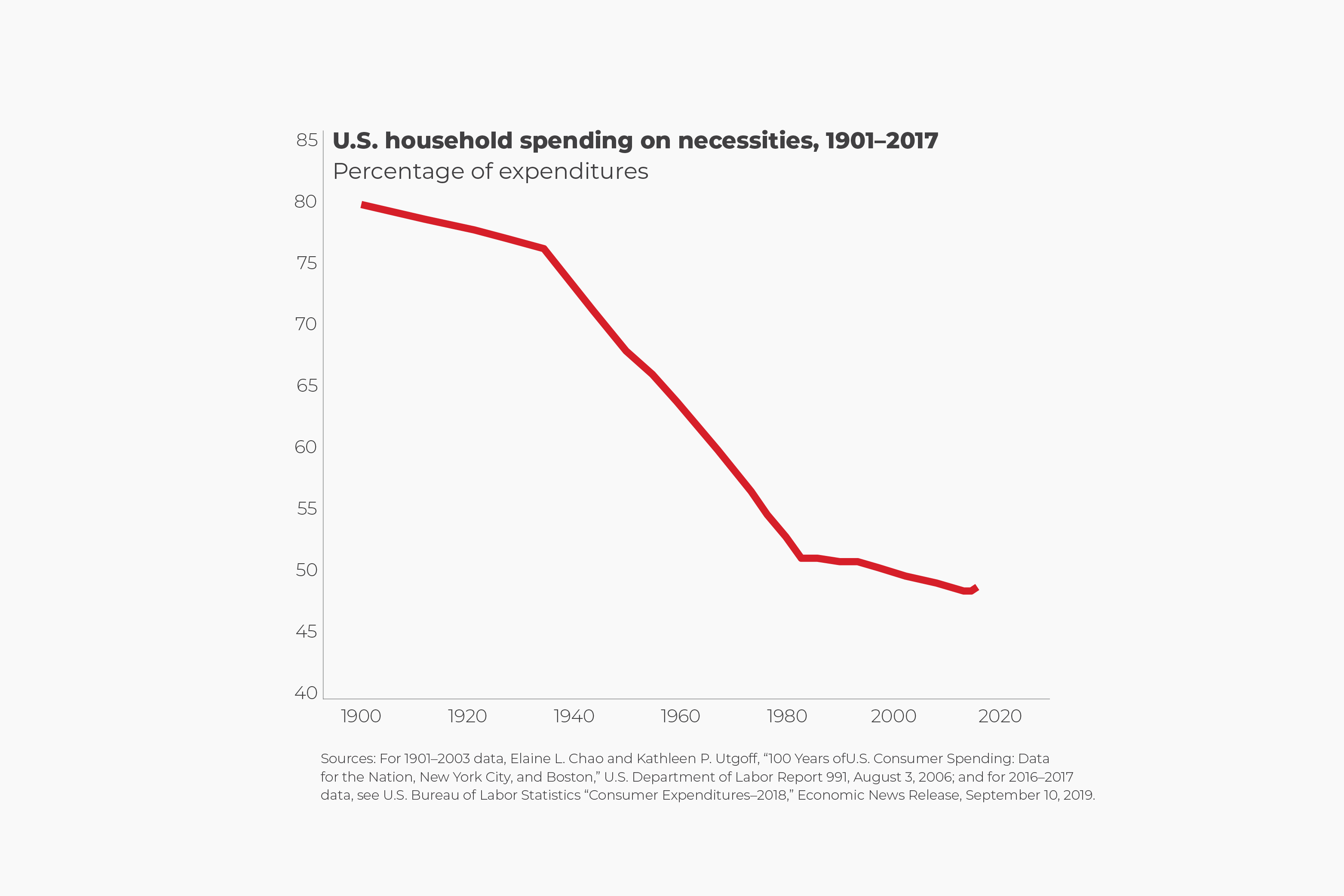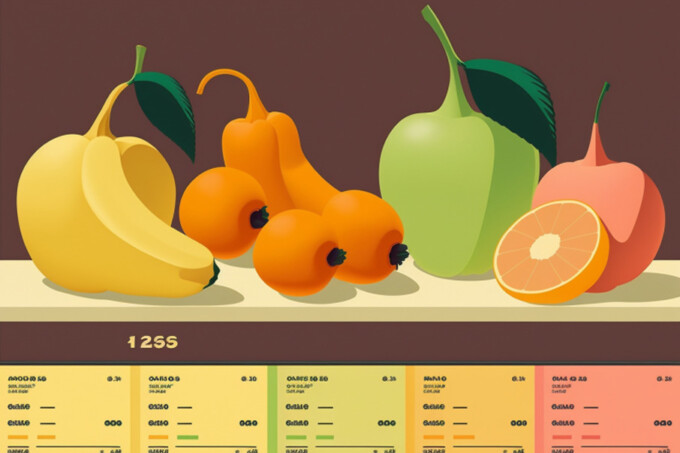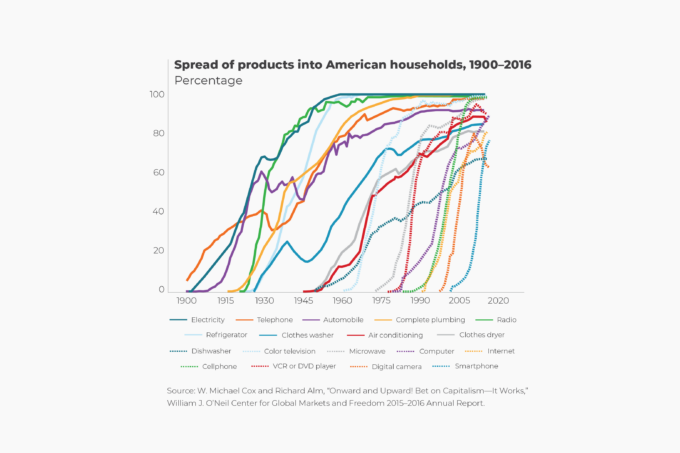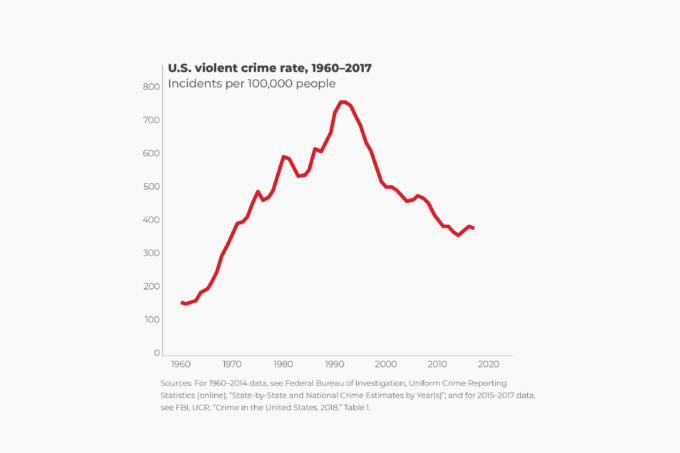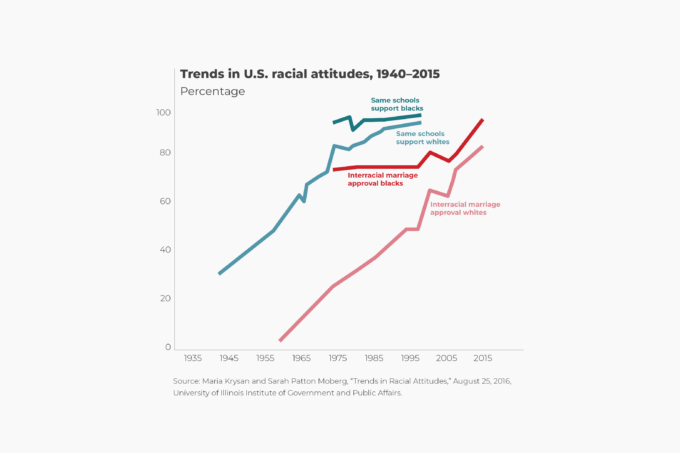As American households grew wealthier during the 20th century, they spent an ever-smaller proportion of their incomes on the basic necessities of food, clothing, and housing. In 1900, the average U.S. family spent $769 per year (in 1900 dollars), and nearly 80 percent of that went to pay for food (42.5 percent), clothing (14 percent), and housing (23.3 percent), according to the U.S. Bureau of Labor Statistics. Only 19 percent of U.S. families owned a home, while 81 percent were renters.
The average new home was approximately 700 square feet, providing about 140 square feet per person in a family. By 1972, household expenses averaged $8,348 per year (in 1972 dollars), and the percentage devoted to basic necessities had dropped to 57.9 percent, of which 19.3 percent was for food, 7.8 percent for clothing, and 30.8 percent for housing. Most Americans, 58.8 percent, owned their homes, while 36.8 percent were renters. The average size of a new home was about 1,700 square feet, providing about 570 square feet per household member.
According to the latest figures from the Bureau of Labor Statistics, the average American household spent $60,060 in 2017. By the second decade of the 21st century, American household expenditures on basic necessities had fallen to below 50 percent, from 80 percent in 1900. In 2018, household outlays on food were at 12.9 percent (of which more than 36 percent was spent on food consumption away from the home, such as in restaurants), clothing at 3 percent, and housing at 32.8 percent. In 2018, the homeownership rate was 63.7 percent, and the size of new single-family homes averaged 2,641 square feet, affording each family member an area of 1,016 square feet.

